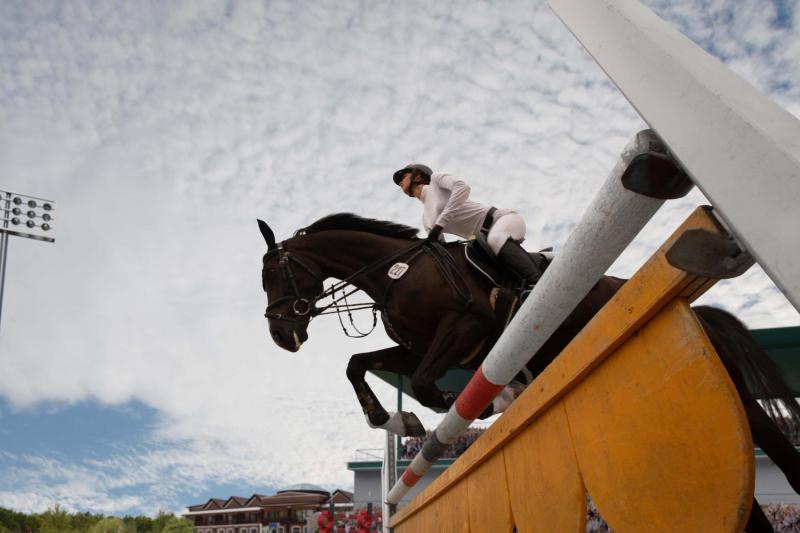There are few more popular spectator sports in the world than horse racing, with millions flocking to the track to watch the most talented equine stars across the globe.
However, like many other sectors, horse racing has received backlash over the last few decades, with many questioning whether it will have a long-term future in this new world. But, fans of the sport that typically take advantage of horse racing betting promotions have worked hard to ensure that it is a sport that can be enjoyed by millions for generations to come.
However, what are some of the biggest issues that the racing industry is currently being forced to address?
Welfare Issues
One of the biggest concerns that outsiders looking in have posed to the horse racing industry revolve around welfare issues. That has seen major events such as the Grand National and Epsom Derby disrupted by Animal Rising protest groups. However, welfare issues are something that the sport is constantly looking to improve, and anyone within racing will always say that more can be done.
However, fatality rates are at an all-time low due to the work that has been done by courses across the world, with some of the biggest races even changing the formats to enhance the safety of those involved. The biggest example of that was found at the recently run Grand National, which has now been capped at 34 runners, with the first fence jumped earlier to ensure that the field isn’t travelling too quickly before they leave the ground for the first time.
Welfare is always something that can be improved within the sport, but it is typically the case that protest groups refuse to work with the sport and digest the correct information.
Protestors typically want to see the sport ended, but that is something that could leave millions unemployed, while the horses that were bred to compete on track would have no meaning for life and the Thoroughbred would eventually die out.
It feels as though the sport is finally getting on top with these issues, with leading racing figures such as Kevin Blake and Richard Hoiles at the forefront.
Attendances
For the most part, horse racing does an excellent job of ensuring that the sport is accessible for everyone. However, that hasn’t stopped the stats showing that there has been a significant drop in attendances since the COVID pandemic.
That could be down to a number of external factors outside of the sport’s control, with the most prominent being that people may feel unsafe attending big events due to the threat of getting ill.
However, the sport still hasn’t helped itself with the pricing bands, evident at the Cheltenham Festival with a day at the Gold Cup in the cheapest enclosure being priced at around £100. Pricing the average fan out of a day at the racing is something that must be addressed, but recent stats have shown that attendances have increased by 2.5% in the first quarter of 2024.
The stats showed that a total of 681,641 fans attended one of the 294 meetings between January and March, which was 4.3% higher than the number of visitors that attended racing during the same period in 2023.
Nonetheless, more must be done to ensure that the biggest events on the schedule don’t fall behind.
Attendances at the Cheltenham Festival this year were down, but events such as the Morebattle Hurdle at Kelso and the Midlands Grand National saw record-breaking numbers pass through the gates.
Prize Money
A major issue that faces horse racing is the fact that revolves around prize money. Many of the biggest events in the UK now have smaller purses, meaning that it is becoming more difficult to attract new owners to the sport. This has a direct impact on the competitive nature of racing on track, which was evident once again at the Cheltenham Festival this year.
With many owners having multiple runners that could line up in championship races, there was a decline in the field sizes, with stats showing that there was a decrease of 15% based on historic trends. Despite being the premier meet of the jumps season in the UK, there was an average field size of 13.4 runners, which was the lowest since 28 races have been staged at the Festival in 2016.
One of the biggest issues that jockeys have voiced for this reason is due to the sheer number of races that take place throughout the season, with many calling for more days off, which will lead to more competitive racing on track over the weekends when the attendances are at their highest.
However, this is something that appears to be going in the opposite direction, as the BHA have recently looked to add Sunday evening racing to the calendar in order to boost the interest in all-weather racing and attract a new audience to the sport.

